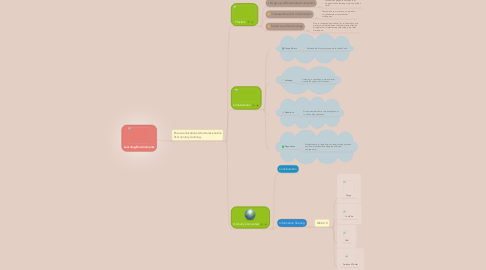
1. Ensure educational structures enable 21st century learning.
1.1. Flexible
1.1.1. differentiated instruction
1.1.1.1. Students engaged in activities that appeal to their learning style and at their level.
1.1.2. increased teacher collaboration
1.1.2.1. Teachers have more time, so are able to collaborate more with their colleagues.
1.1.3. better use of technology
1.1.3.1. Due to increased opportunity for collaboration and professional development, teachers learn effective strategies for implementing technology into their classrooms.
1.2. Collaboration
1.2.1. Group Norms
1.2.1.1. Set standards for how group work should look.
1.2.2. Listening
1.2.2.1. Listening is essential, in order to add quality thoughts to discussions.
1.2.3. Questions
1.2.3.1. Group members have to be taught how to ask quality questions.
1.2.4. Negotiation
1.2.4.1. Students have to learn how to accept others opinions and how to respectfully disagree with and compromise.
1.3. Globally Connected
1.3.1. Collaboration
1.3.2. Information Sharing
1.3.2.1. Web 2.0
1.3.2.1.1. Skype
1.3.2.1.2. YouTube
1.3.2.1.3. Wiki
1.3.2.1.4. Facebook/Twitter
